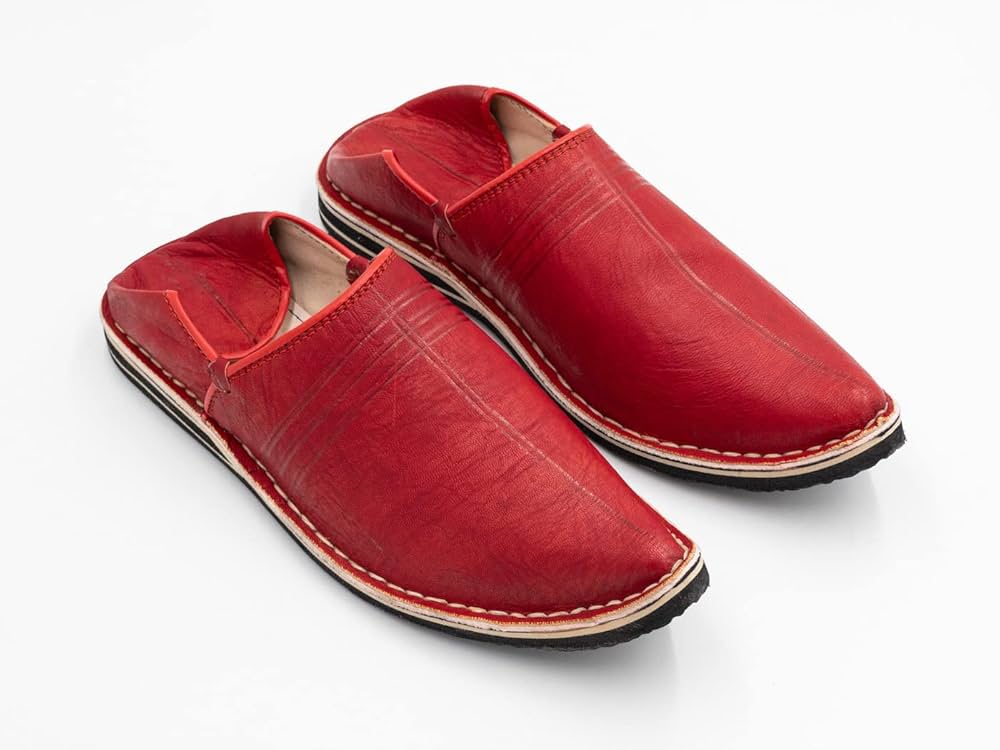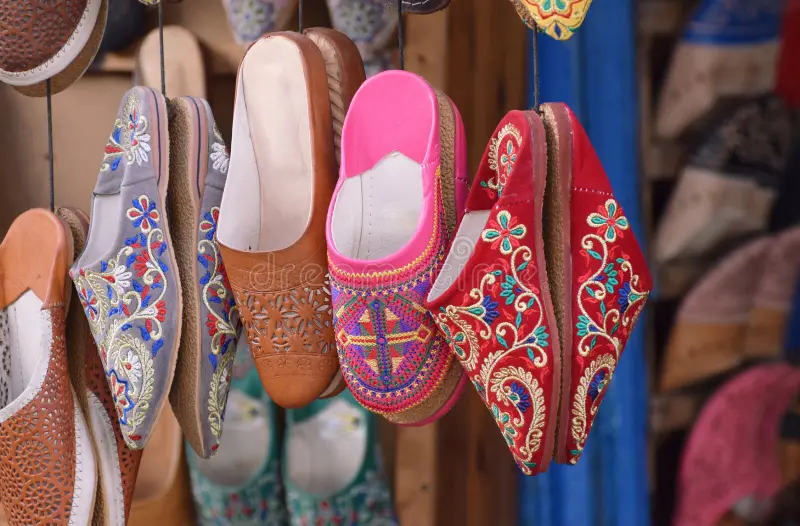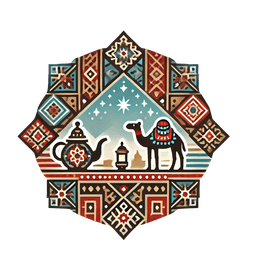- Published on
The Charm and Tradition of the Moroccan Babouche
- Authors

- Name
- Adil ABBADI
Introduction
The Moroccan Babouche is a symbol of tradition, craftsmanship, and everyday elegance. These soft leather slippers, known for their distinct pointed toes and flat soles, have been worn by Moroccans for centuries, embodying both practicality and style. The babouche is a staple of Moroccan fashion, blending seamlessly with modern and traditional attire.
- What is the Moroccan Babouche?
- A Brief History of the Babouche
- Types of Moroccan Babouches
- Craftsmanship Behind the Babouche
- Babouche in Moroccan Culture
- The Babouche in Modern Fashion
- Conclusion
- Step Into Tradition
What is the Moroccan Babouche?
A babouche is a traditional Moroccan slipper, often made from leather, with a design that reflects the country’s long-standing artisanal traditions. Known for their versatility, babouches are worn by both men and women in Morocco, serving as both casual and formal footwear. They are typically made from goatskin, sheepskin, or cowhide, and come in a range of colors, from earthy tones to vibrant hues.

A Brief History of the Babouche
The origins of the babouche date back centuries, deeply intertwined with Moroccan culture. Initially, they were designed for comfort and practicality, worn by farmers and artisans in their daily tasks. Over time, they became popular among the royalty and nobility, evolving into a more ornate version that was embellished with intricate embroidery and precious materials.
Today, the babouche remains a beloved item in Moroccan wardrobes, celebrated for its simplicity, comfort, and cultural significance. They are often worn during Eid celebrations, weddings, and religious events, while also being a popular souvenir for visitors to Morocco.
Types of Moroccan Babouches
There are various types of babouches, each serving different purposes and reflecting regional styles:
- Classic Leather Babouche: These are the traditional slippers, made from supple leather and often dyed in natural, earthy tones. They are commonly worn in everyday life, offering comfort and durability.
- Wedding Babouche: These slippers are more elaborate, featuring delicate embroidery, gold and silver threadwork, and sometimes even beads or sequins. They are typically worn by brides and grooms during wedding ceremonies.
- Modern Babouche: In recent years, babouches have taken on a modern twist, with designers incorporating contemporary patterns, bold colors, and even heels to cater to global fashion trends.

Craftsmanship Behind the Babouche
The art of making Moroccan babouches is a time-honored tradition passed down through generations of artisans. Each pair is crafted by hand, with attention to detail and a deep respect for the materials used. Artisans spend hours selecting the finest leather, cutting it into precise shapes, and stitching it together with strong threads to ensure longevity.
Key features of a traditional babouche include:
- Hand-dyed Leather: Many babouches are dyed using natural pigments, resulting in rich, earthy tones. Artisans in Fez and Marrakech are especially known for their skill in leather tanning and dyeing.
- Pointed Toe Design: The iconic pointed toe is not only a stylistic feature but also serves a practical purpose, allowing the slipper to easily slip on and off.
- Embroidery and Detailing: While everyday babouches tend to be simple, those designed for special occasions often feature elaborate embroidery, using gold or silver thread to create intricate patterns.
Babouche in Moroccan Culture
Babouches are an integral part of Moroccan culture, worn by people of all ages and backgrounds. They are a symbol of hospitality, as it is customary in Moroccan households to remove shoes before entering, and babouches are often offered to guests as a sign of warmth and respect.
Each region in Morocco has its own style of babouche, with variations in design, material, and color. For example, the yellow leather babouches from Fez are particularly famous, traditionally worn by men during religious ceremonies.
The Babouche in Modern Fashion
In recent years, the Moroccan babouche has made a comeback in the world of high fashion. Designers have reimagined the traditional slipper, creating stylish versions that appeal to a global audience. These modern interpretations often feature sleek lines, high-quality materials, and bold colors, making them a must-have accessory for fashion enthusiasts.
Today, you can find babouches paired with everything from casual jeans to elegant dresses, proving their versatility and timeless appeal.

Conclusion
The Moroccan babouche is more than just a slipper—it’s a reflection of Morocco’s cultural heritage, craftsmanship, and timeless style. Whether worn in daily life or for special occasions, the babouche continues to charm with its elegance and practicality. As Moroccan artisans keep the tradition alive, the babouche remains a symbol of comfort, beauty, and Moroccan identity.
Step Into Tradition
If you're looking for a way to experience Morocco’s rich history and artisanal craftsmanship, slipping into a pair of babouches is the perfect start. Stylish, comfortable, and full of cultural meaning, they are a piece of Morocco you can wear wherever you go.
